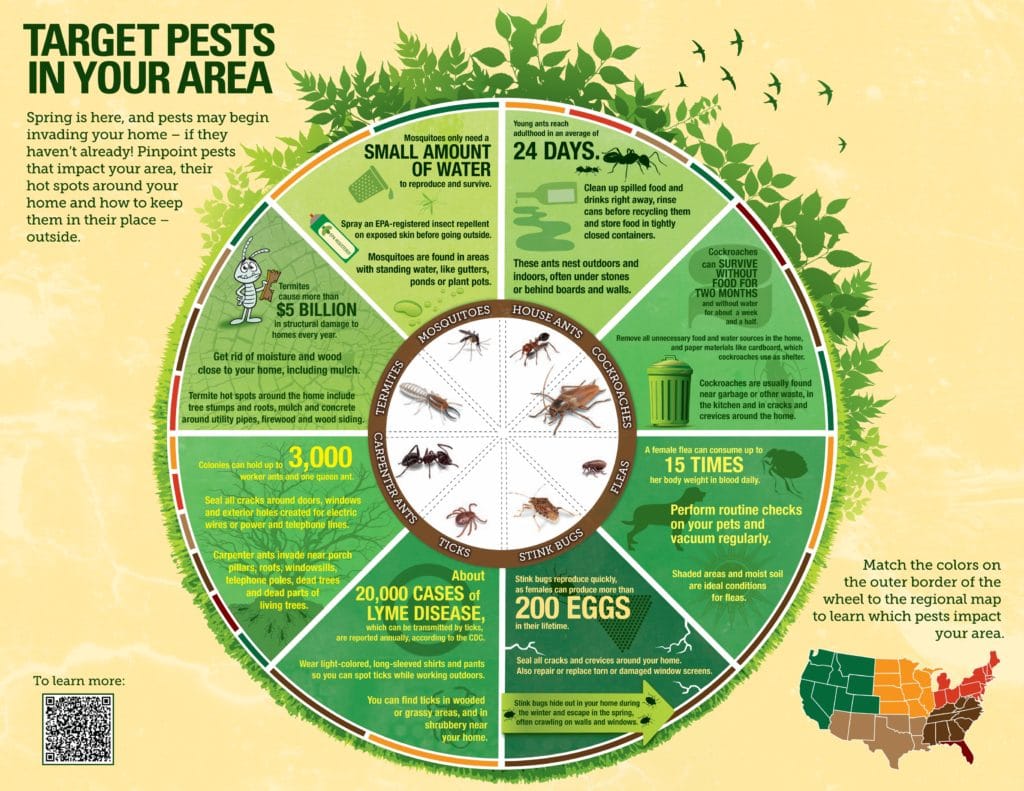Discover Vital Methods To Safeguard Your House From Rats In The Attic Room
Discover Vital Methods To Safeguard Your House From Rats In The Attic Room
Blog Article
Content Created By-Sutherland Cheek
Visualize your attic as a cozy Airbnb for rodents, with insulation as fluffy as resort cushions and electrical wiring a lot more luring than room solution. Now, picture these undesirable visitors throwing a wild celebration in your home while you're away. As a homeowner, guaranteeing your attic is rodent-proof is not practically peace of mind; it has to do with safeguarding your residential or commercial property and loved ones. So, what simple steps can you require to protect your haven from these furry intruders?
Inspect for Entry Details
To start rodent-proofing your attic room, examine for access factors. Start by thoroughly examining the outside of your home, searching for any openings that rodents can utilize to gain access to your attic. Look for voids around energy lines, vents, and pipelines, along with any type of fractures or openings in the structure or house siding. See to pest control services price to pay attention to areas where various structure products meet, as these prevail entry factors for rodents.
Furthermore, examine the roof covering for any type of harmed or missing tiles, along with any type of voids around the sides where rats could press via. Inside the attic, search for indications of existing rodent activity such as droppings, ate cables, or nesting products. Use a flashlight to completely check dark corners and concealed rooms.
Seal Cracks and Gaps
Check your attic room thoroughly for any kind of splits and spaces that need to be secured to prevent rats from going into. Rodents can squeeze through even the tiniest openings, so it's vital to secure any type of prospective access points. Check around pipes, vents, wires, and where the walls meet the roofing system. Make strongest bed bug killer of a mix of steel wool and caulking to seal these openings effectively. Steel wool is a superb deterrent as rodents can not chew via it. Make sure that all voids are tightly secured to refute access to unwanted insects.
Do not forget the relevance of securing voids around windows and doors as well. Use weather stripping or door moves to secure these areas successfully. Examine the areas where utility lines go into the attic and secure them off using an appropriate sealer. By putting in the time to seal all splits and voids in your attic, you produce a barrier that rats will find hard to breach. Avoidance is type in rodent-proofing your attic room, so be complete in your efforts to seal any kind of potential entrance factors.
Get Rid Of Food Sources
Take positive procedures to get rid of or store all possible food sources in your attic to hinder rats from infesting the space. Suggested Internet site are drawn in to food, so removing their food resources is essential in maintaining them out of your attic.
Here's what you can do:
1. ** Store food firmly **: Stay clear of leaving any food products in the attic. Shop all food in impermeable containers constructed from metal or sturdy plastic to avoid rats from accessing them.
2. ** Clean up particles **: Eliminate any stacks of particles, such as old papers, cardboard boxes, or timber scraps, that rodents could use as nesting product or food resources. Keep the attic room clutter-free to make it much less enticing to rats.
3. ** Dispose of trash correctly **: If you use your attic for storage and have garbage or waste up there, make certain to throw away it regularly and effectively. Rotting garbage can attract rodents, so keep the attic tidy and free of any kind of natural waste.
Final thought
In conclusion, remember that an ounce of prevention is worth a pound of remedy when it comes to rodent-proofing your attic room.
By putting in the time to check for entry factors, seal fractures and spaces, and get rid of food resources, you can maintain unwanted insects at bay.
Remember, 'An ounce of prevention deserves a pound of remedy' - Benjamin Franklin.
Stay positive and protect your home from rodent invasions.
